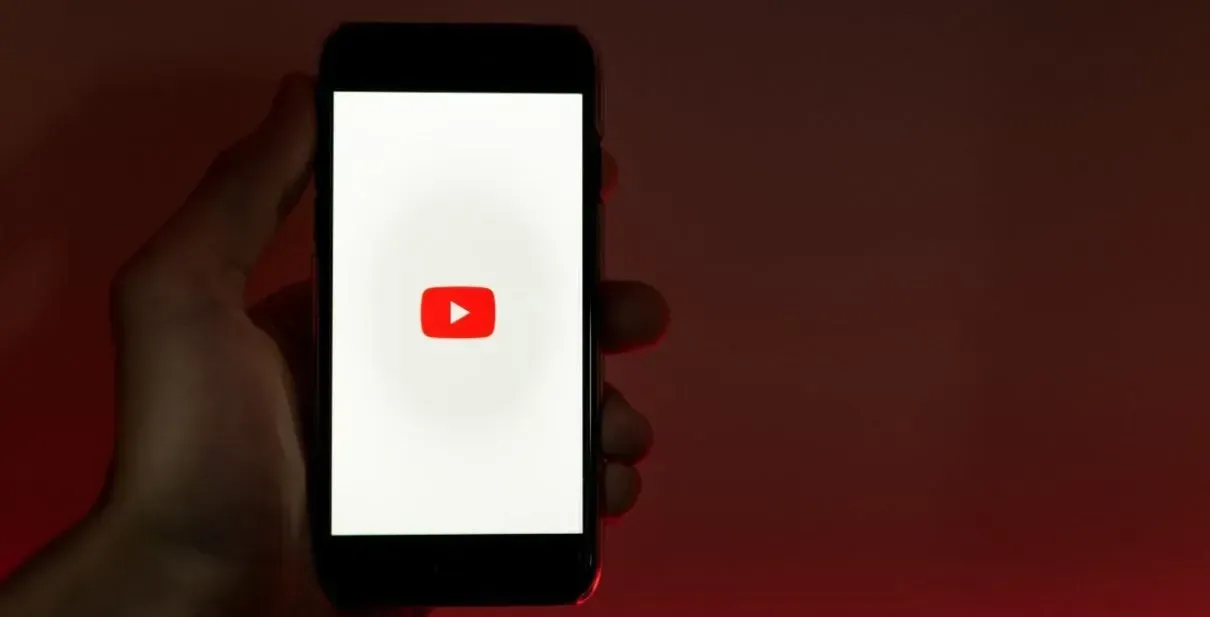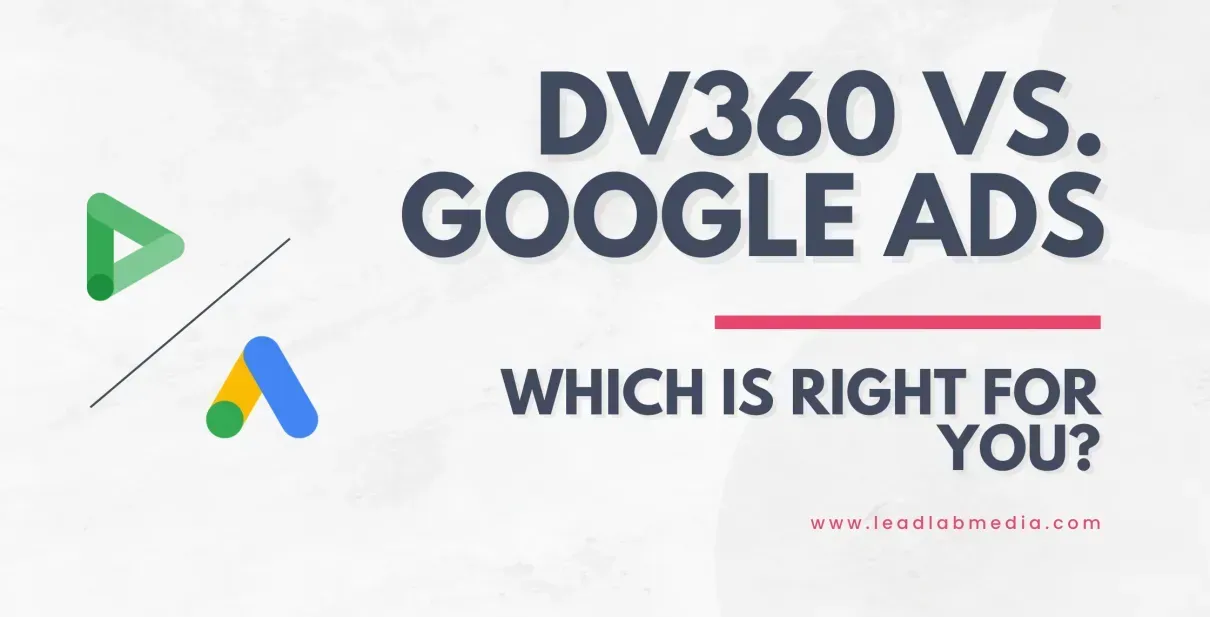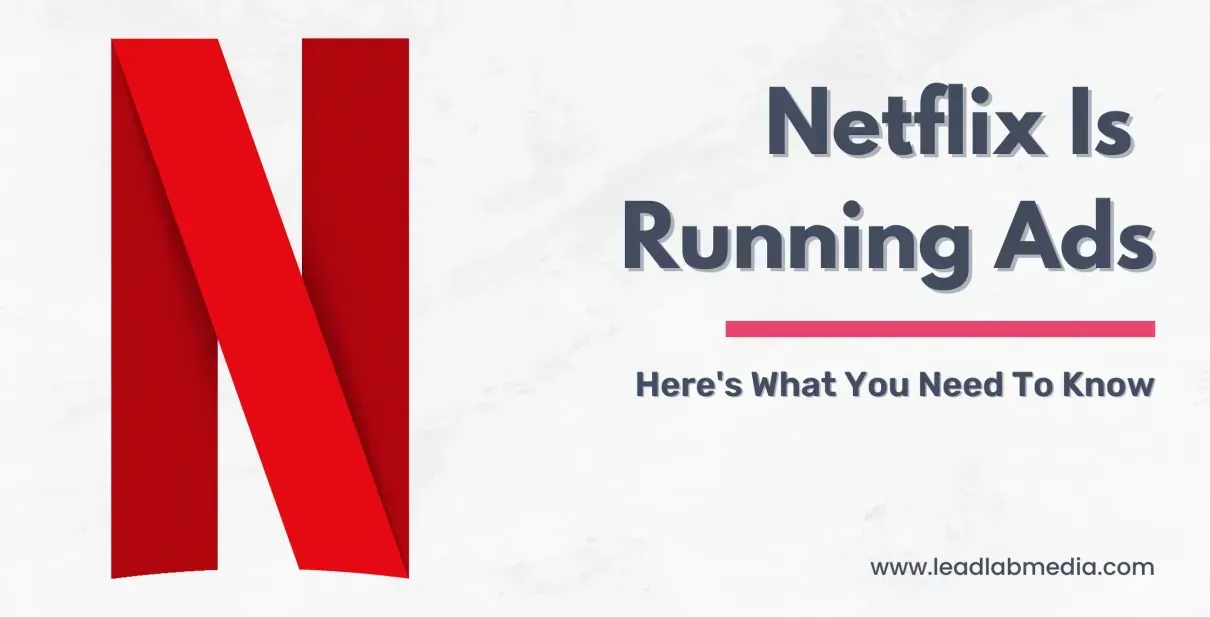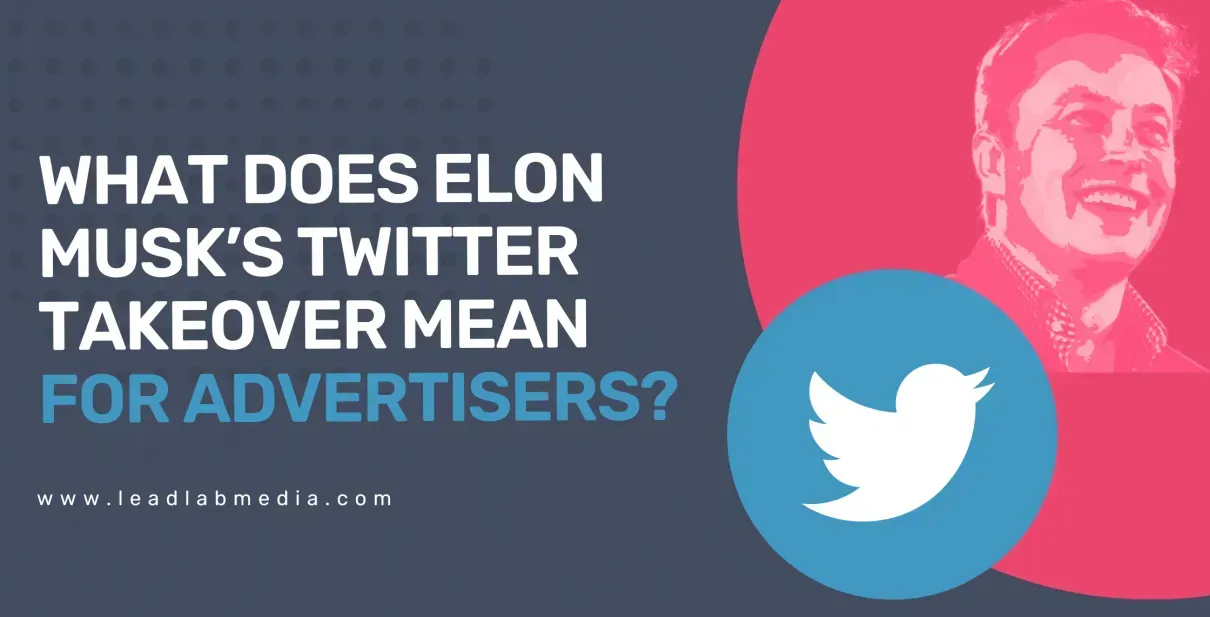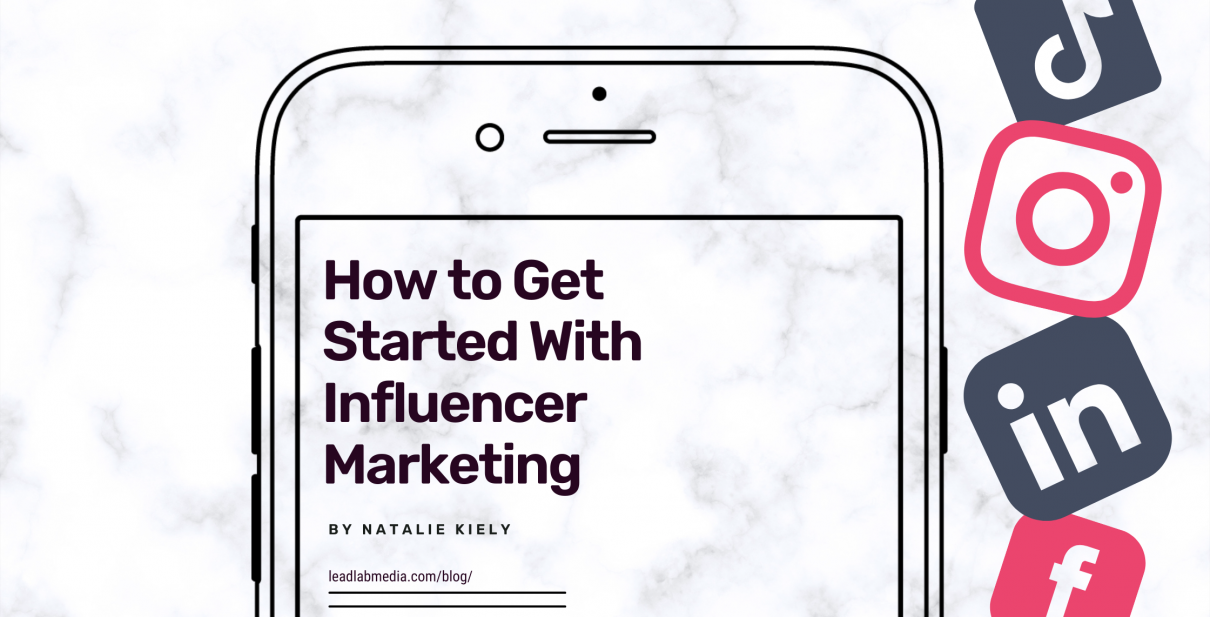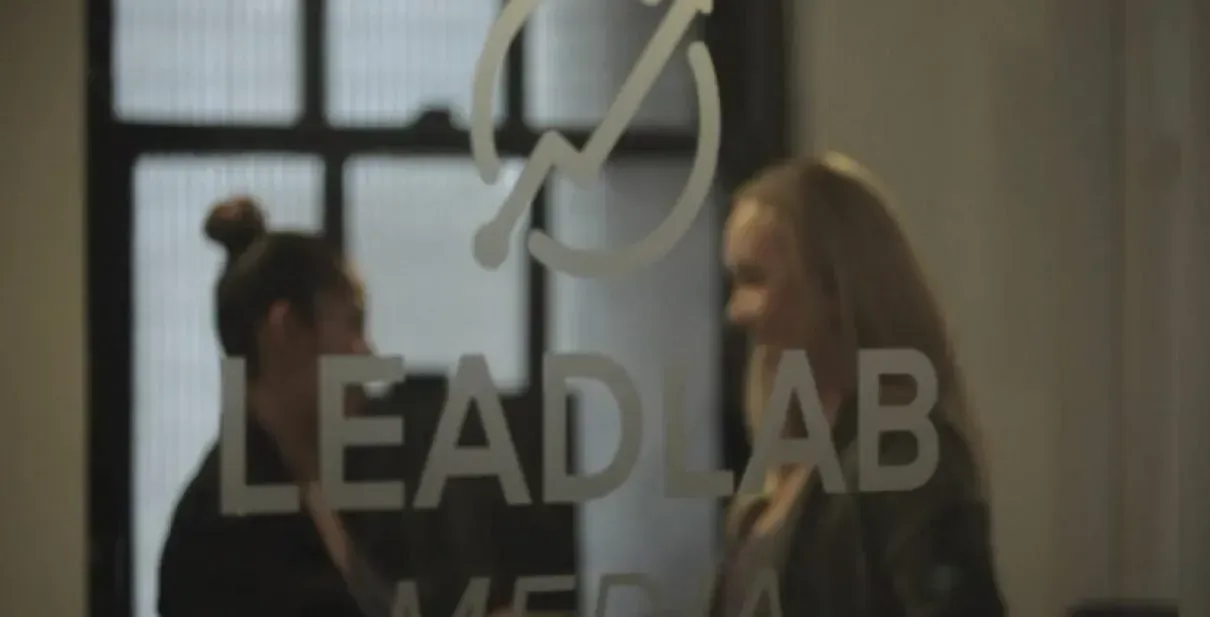You Can Grow Your Nonprofit with Google Ad Grants

Here’s What You Need to Know
Google Ad Grants is a phenomenal program offered by Google for Nonprofits where qualified NPOs are given $10,000 a month ($120k a year) to spend on pay-per-click advertising via the Google Ads platform. Qualifying organizations can utilize this service to target specific niches and generate donations and awareness for their cause.
Utilizing search ads can potentially result in thousands of new visitors to an NPO’s website, reaching potential volunteers, impactful donors, and those who can benefit from the services they provide. Without this program, premium services such as Google Ads and Google Workspace might otherwise be too expensive for NPOs to utilize. This could be life-changing for a non-profit organization.
What Makes an NPO Eligible?
- You must meet Google’s country specific NPO eligibility requirements found here.
- Your organization must meet the section 501(c)(3) requirements to be exempt from federal income tax.
- All organizations must be verified as a nonprofit organization by TechSoup or a local TechSoup partner.
- You must agree to the Google for Nonprofits Additional Terms of Service.
Please note, organizations that are not eligible include the following:
- Hospital or healthcare organizations
- Schools, academic institutions, or universities (Google for Education offers a separate program for schools)
This incredible opportunity can pose challenges for smaller non-profit organizations that don’t have experience in launching or managing a paid search campaign. Many NPOs jump at the chance to get $10,000 a month for their cause and soon afterward find themselves overwhelmed with setting up an account, creating campaigns, identifying keywords, and managing campaign performance. Not only do these managers have to run an organization, but they also have to take on the role of a pay-per-click marketer.
Thankfully, Google for Nonprofits has a network of volunteers and students who are willing to help NPOs set up and run their Google Grants accounts. Google allows NPO’s to choose the support option that’s right for them, providing resources such as self service educational materials, pro bono account support from student volunteers, and more.
In addition to the resources Google offers, our team of experts at LeadLab Media would love to partner with qualifying Non Profit Organizations and provide pro bono services to help expand overall reach and champion their cause. It would be a privilege to provide our in-depth knowledge of paid search marketing, Ad Grants requirements, features, and tools to help an non-profit organization truly maximize their results.
Are you or your organization interested in our pro bono support? Allow our team to set up and manage your Google Ad Grants account free of charge by contacting us.

